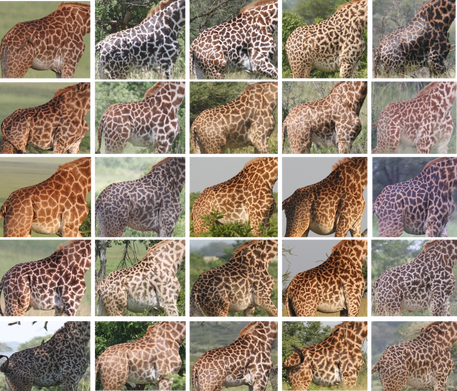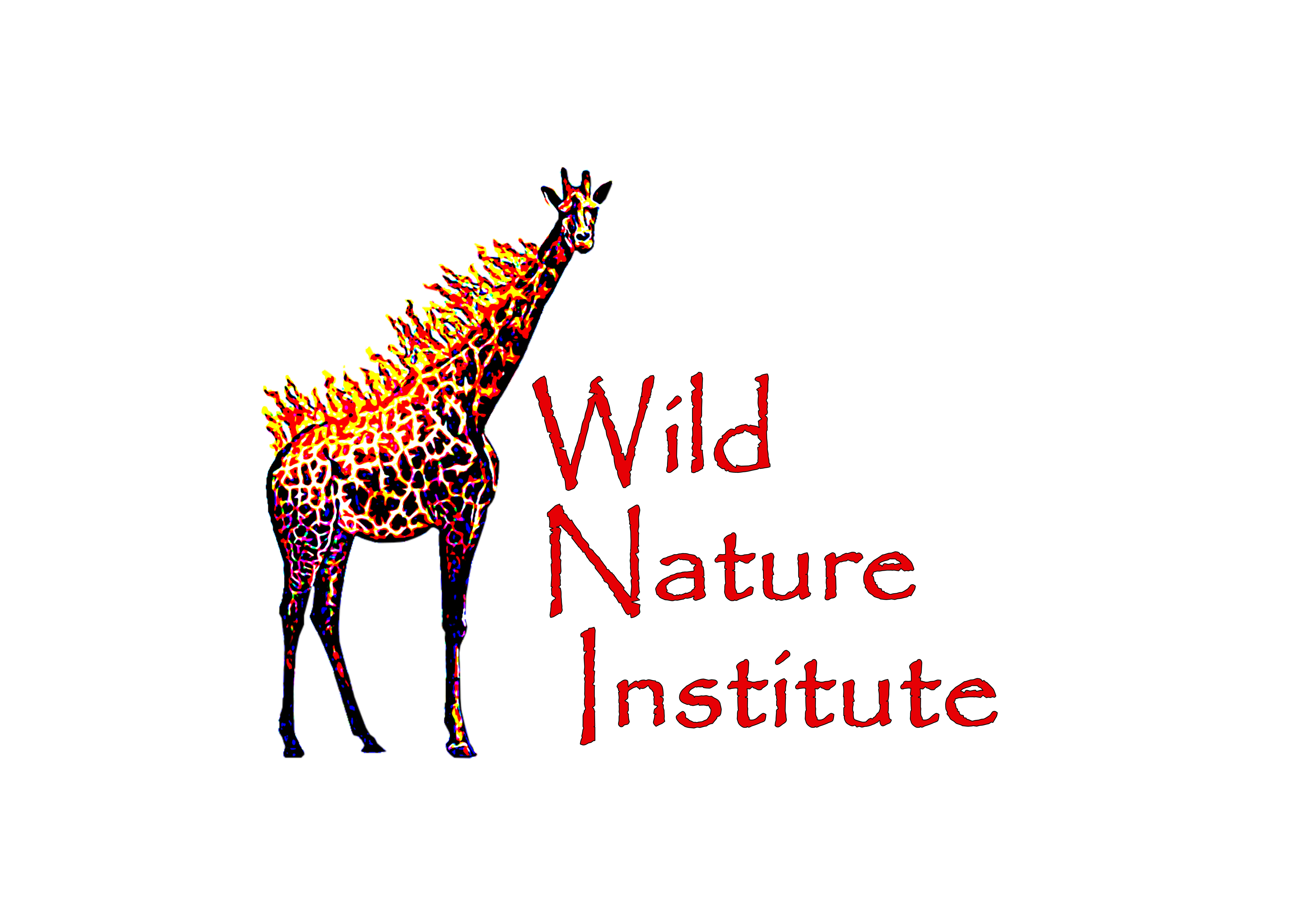Wild Nature Institute Giraffe Research Uses High Tech Big Data Tools
Part 1: Matching Giraffe Photos Using Virtual Supercomputers

Giraffe are the tallest animal on earth, so it is no surprise that scientists have turned to them to apply big data solutions to wildlife conservation. Researchers from the Wild Nature Institute are conducting one of the most ambitious large mammal studies ever undertaken by studying births, deaths, and movements of giraffe across a 4,000 square kilometer landscape in the Tarangire ecosystem of northern Tanzania, East Africa.
Dr. Derek Lee, Principal Scientist of the Wild Nature Institute said, “These are big animals, and they cover big distances, so naturally we are using big data to learn where they are doing well, where they are not, and why, so we can protect and connect the areas important to giraffe conservation.”
Giraffe populations have declined precipitously across Africa due to habitat loss and illegal killing for meat. “We needed new tools to figure out how we can save giraffes, and there was a perfect storm of technology that made our work possible,” said Lee.
Wild Nature Institute scientists are using digital photographs of each animal’s unique and unchanging spot patterns to identify them throughout their lives. They are quantifying births, deaths, and movements of more than 2000 individual giraffes. This individual identification system has been around since the 1960s, but computers running pattern-recognition software have made the technique much easier to implement. In one year, Wild Nature Institute giraffe researchers collect about 9000 photos of giraffes. To match them all requires comparing more than 40 million pairs of photos. “The pattern-recognition software uses a very robust and fast algorithm, but that is a lot of pairs to match.” said Lee.
To perform the millions of calculations required to match his giraffe photos, Dr. Lee asked for and received a grant from Microsoft Azure and their cloud computing service to build virtual supercomputers. The Azure virtual machines were built with as many cutting-edge processors as possible. Such a supercomputer would be very expensive to build, but the computing power was rented from Microsoft Azure for the few weeks necessary to run a year’s batch of giraffe matching.
“Once the photos are all matched, they form an encounter history of each animal, so we know where it went, who it was with, whether it had a calf or passed away. I’m really excited about the partnerships and synergies created when computer science meets wildlife biology. The Azure virtual supercomputers are turning big data into tall data!” said Lee.
Coming soon:
Part 2: Machine Learning Finds the Giraffe in the Bushes
Part 3: Velocity, Volume, and Variety in Tall Data for Giraffe Conservation


Amazing!
One of the best uses of Big Data which is going to help Wildlife conservation, starting with experimenting on Giraffe. I didn’t expect that Big Data can do such things.
Thanks for sharing, waiting for more on the same.